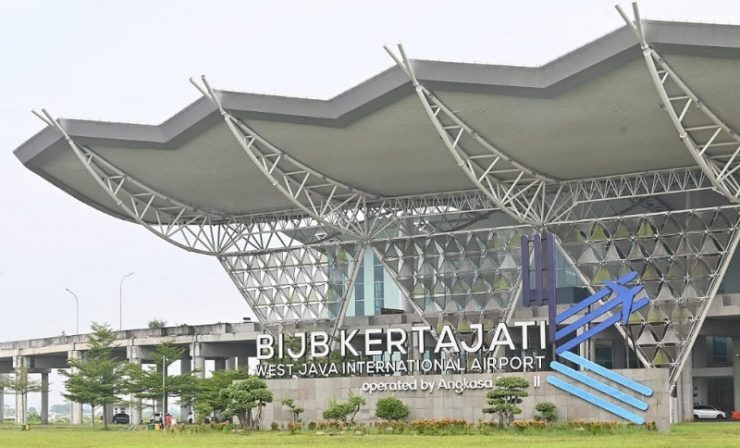THE WEST Java International Airport (BIJB) Kertajati is located in Majalengka Regency and was built with the ambition of becoming a new air connectivity node in West Java.
However, since its opening in 2018, the airport has not been operating optimally. In fact, the West Java provincial government reportedly bears operational losses of up to IDR60 billion per year. So what is the history of Kertajati Airport’s construction? Who owns it? What is the government’s strategy to revive the airport?
According to the Angkasa Pura website, the idea for Kertajati Airport emerged during President Megawati Soekarnoputri’s administration. A feasibility study was conducted in 2003, and the location was determined in 2005.
The West Java provincial government expressed readiness to finance the project through the regional budget (APBD). However, the plan was never realized until 2011. The Kertajati Airport project then entered the National Strategic Project (PSN) list.
Through the Ministry of Transportation, the central government began disbursing the State Budget (APBN), and initial work, such as land clearing and foundation construction, began in 2014. Construction of the airport began in 2015 and was completed in 2017.
The total cost of constructing Kertajati Airport is reported to be around IDR2.6 trillion. This funding comes from a combination of the central government, regional governments, and private parties. In addition to the construction of the airport itself, the West Java provincial government allocated a budget for land acquisition.
Kertajati Airport is managed by PT Bandararan International West Java (PT BIJB), a Regional-Owned Enterprise (BUMD) owned by the West Java Provincial Government. PT BIJB was established through Regional Regulation No. 22 of 2013 on November 24, 2014. The shareholders of PT BIJB are as follows: (1). West Java Provincial Government: 82.29%, (2). PT Angkasa Pura II (Persero): 15.41%, (3). West Java Prosperous Cooperative: 1.62%, (4). PT. Jasa Sarana: 0.8%.
In addition to managing the airport’s landside operations, PT BIJB is responsible for developing the Aerocity area, which is integrated with the airport. The project is intended to stimulate new economic growth in West Java and will have access to land transportation and fast trains to the port.
Airport area and development plan
Kertajati Airport covers around 1,800 hectares, making it one of the largest airports in Indonesia. The development covers not only airport facilities but also various supporting zones, including:
A mixed-use commercial area spanning 21.9 hectares. An e-commerce hub covering 68.4 hectares with a logistics capacity of up to 500,000 tons per year.
The Kertajati Aircraft Maintenance Center (KAMC) covers 84.2 hectares and provides aircraft maintenance and repair services (MRO). The central government encourages airport rebranding and provides various incentives, such as cargo warehouse rates, airline incentives, and flight ticket bundling with tour packages.
However, operational expenses and annual losses remain a concern. Despite large development costs, Kertajati Airport has not shown satisfactory financial performance. West Java Governor Dedi Mulyadi stated that the provincial government must cover operational losses of up to IDR60 billion per year.
“There is already an airport, but selong, but there are no aircraft. Bears operational losses earns IDR60 billion,” said Dedi.
In Sundanese, the term “selong” is used to describe something that looks big but is empty or not utilized optimally. The lack of flights means this airport cannot cover its operational costs. This fiscal burden requires an immediate solution. [kompas.com/photo special]
















